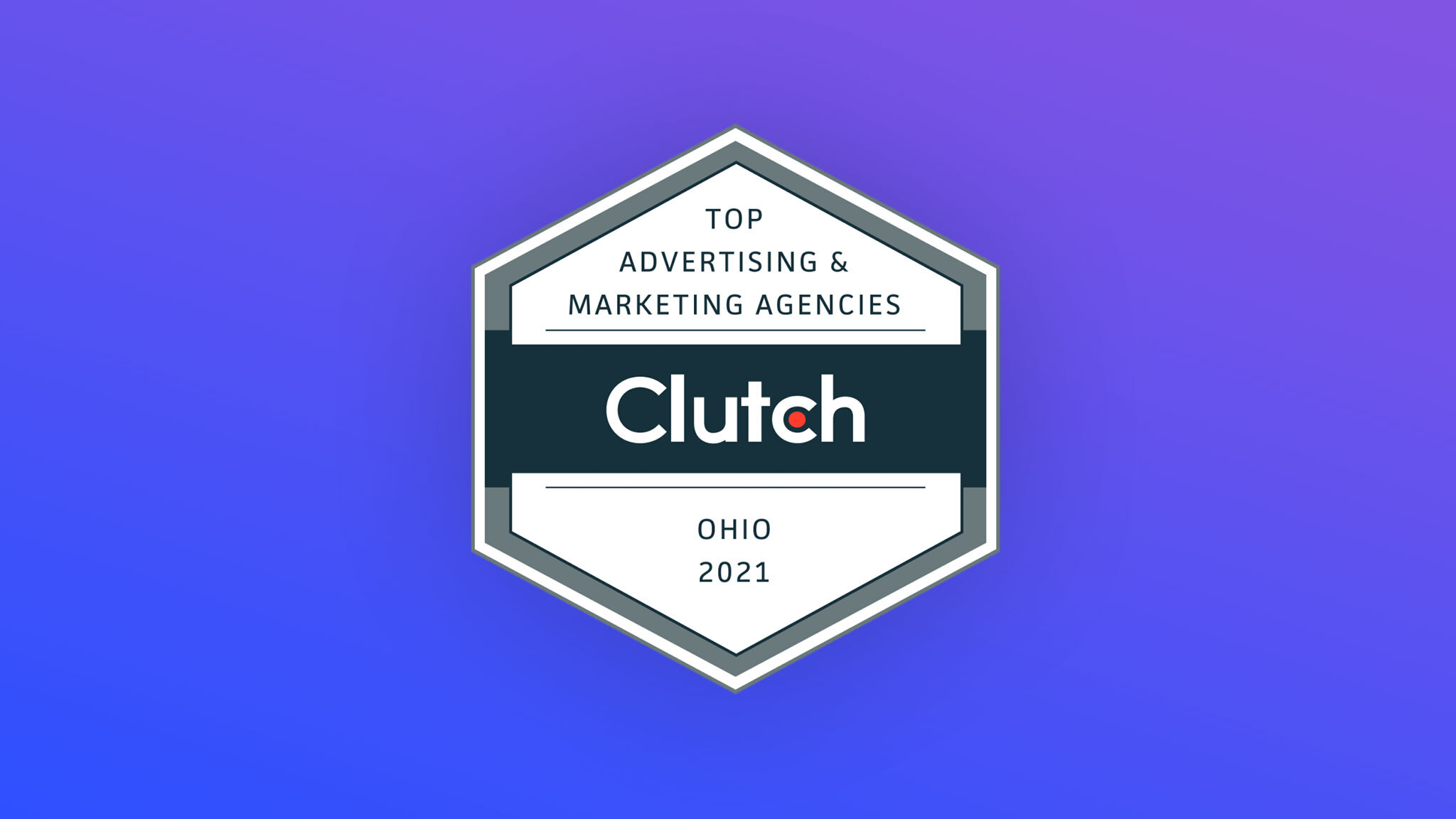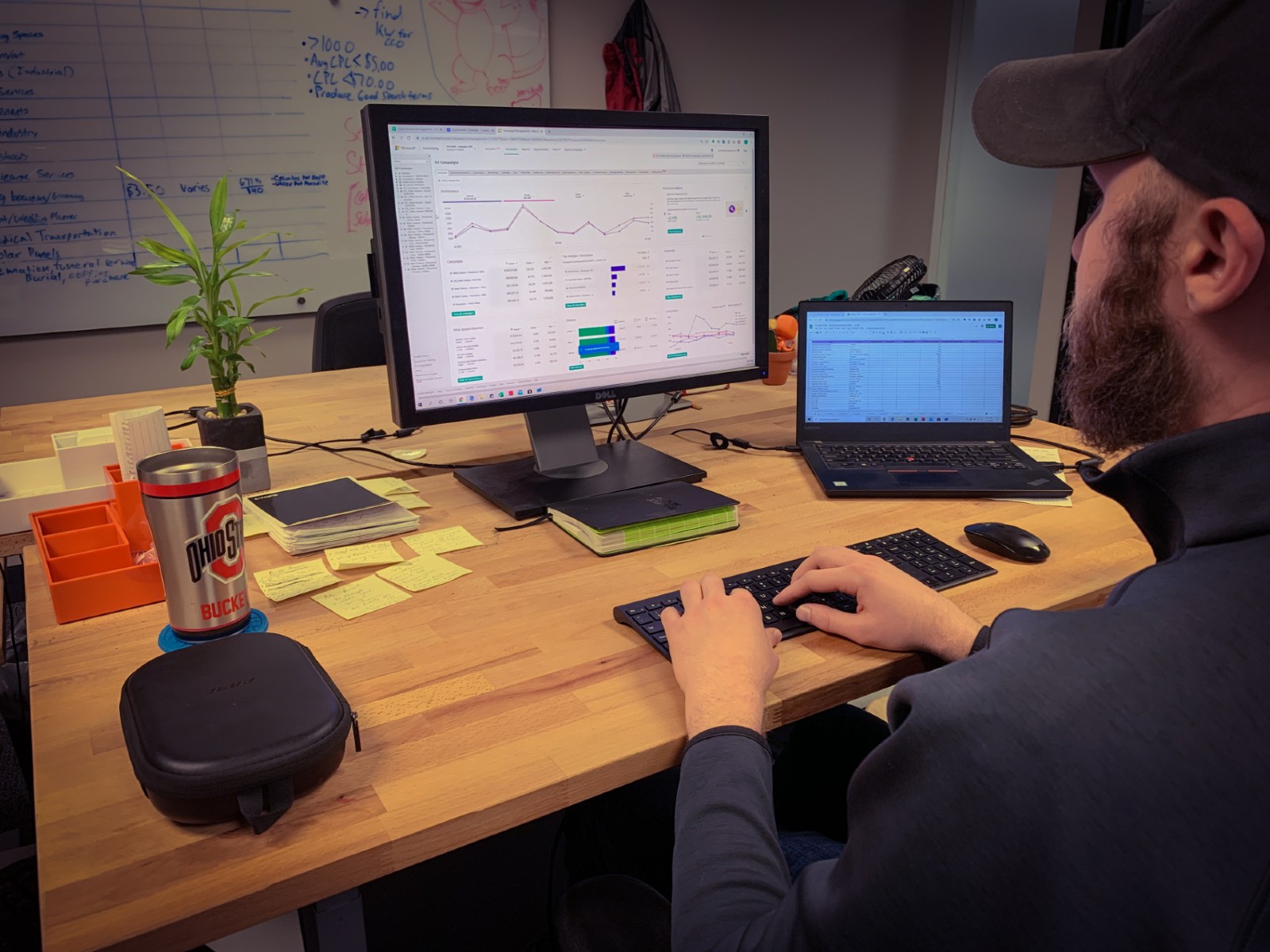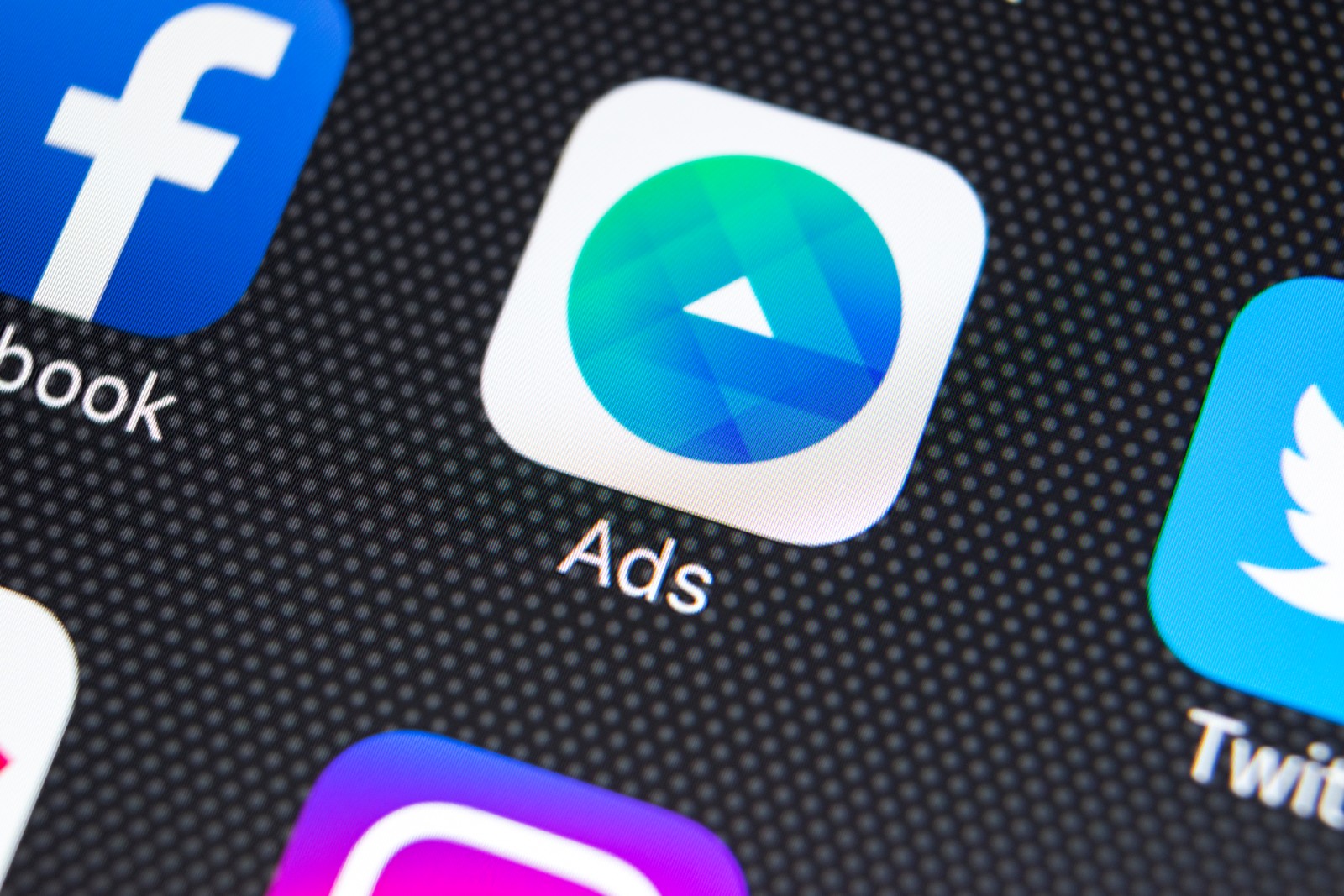By OppGen
If your small business doesn’t already have a digital marketing strategy in place, then it’s time to start making one.
Understandably, you may be reluctant to put some of your small business’s budget into digital marketing. Rather than thinking about it as a cost, think of it as an investment in your small business — an investment that, when carried out properly, is worth more than the initial investment. If you’re not investing in digital marketing, you actually could be losing more in the long run.
And that’s just one reason why your small business needs digital marketing, and there are several more reasons than that.
1. Digital Marketing Evens the Playing Field
Small businesses typically lack the resources to create commercials of Super Bowl quality. Depending on the size of a small business and its available resources, a billboard or radio ad may be out of the question.
But digital marketing is an area where small businesses can be on the same level as their larger commercial competitors. The barrier to entry is low, and provided small businesses are able to run a successful campaign, they are likely to reap the benefits of digital marketing.
2. There’s a Wide Variety of Digital Marketing Options
Newspaper ads, posters, billboards, and local radio spots and TV commercials are traditional marketing avenues that don’t offer a lot of variety and fail to garner as much attention as they once did.
Thankfully, digital marketing has a plethora of options and fewer limitations on creative freedom, and the OppGen Marketing team excels in this field. Contact us for more information.
Search Ads
Paid search ads, are text ads shown on search engines like Google or Bing that are tied to keywords consumers search. What makes search ads so effective is that consumers using search engines are further down the marketing funnel. They’re not at the stage of awareness. They’re interested and are considering taking action for whatever it is they’re searching for.
Businesses are typically charged each time a consumer clicks on a search ad. The cost per click (CPC) varies and is based on a bidding system. Businesses bid on how much they feel a certain keyword is worth, and the amount businesses spend per click determines their position on search engine pages.
Search ads are geotargeted, which means these ads are sensitive to a consumer’s location. As a result, it will only display ads to consumers in locations selected by the business itself. For example, if your small business has one location in Columbus, Ohio, then you would want to ensure the people clicking on your search ads are in the Columbus area.
Display Ads
Display ads are another form of search ads, though unlike their text-only counterparts, they are much more visual. They use images and video and come in a wide variety of sizes.
Display ads are typically run through search engines and are also linked to keywords like search ads are. Rather than appear on search engines, display ads appear on websites that are related to the topic a consumer searches.
Payment-wise, display ads are run on a cost per thousand impressions (CPM) model, which means your business will be charged for every 1,000 views an ad has.
Social Media Ads
Paid social media ads are found on social media sites, like Facebook and Instagram. They use a combination of text and visuals and have even more variety than display ads do. Facebook, for example, allows carousel ads, video ads, collection ads, and more.
Like PPC ads, Facebook allows you to set a budget and bid on keywords to determine how much you’ll pay for its ads.
Paid social ads use both CPC and CPM payment models, depending on the kind of ad you decide to run for your small business.
SEO
Search engine optimization, or SEO, is an organic form of digital marketing, which means it doesn’t require paying a search engine or social media site. SEO is the practice of creating a website that ranks high on search engine results pages (SERP). Ideally, you want your website to be on the first or second pages of Google; it’s pretty rare for consumers to go beyond the second page.
At the very least, SEO requires your small business to have a quick, mobile-friendly website and someone with the ability to create thorough original content about topics related to your business’s offerings. It helps to have tools like Ahrefs to track keywords consumers use to find businesses like yours. Ahrefs tracks page rankings, how difficult it will be to rank for a certain keyword, keyword search volume, and more.
3. Digital Marketing Expands Small Businesses’ Reach
Due to all of the digital marketing channel options, it’s easier than ever to reach different consumers in multiple places at the same time. Some consumers may be at different parts of the marketing funnel, but there are several digital marketing approaches that can be used to reach them.
For consumers at the top of the funnel (awareness and interest) who may have visited your small business’s website but did not take any action beyond the home page, you can create display ads for these consumers. This is referred to as remarketing or retargeting, and it’s a highly effective way to keep your small business’s brand at the forefront of people’s minds.
4. Digital Marketing is Cost-Effective
Google conservatively estimates that for every $1 a business spends on Google Ads, that business makes $8 in profit through Google Ads and Search — an impressive increase from Google’s earlier research that reported $2 in revenue for every $1 spent.
A Wordstream study found that the average cost for Google’s search and display ads across all industries were $2.69 per click and $0.58 per thousand impressions, respectively; Wordstream also found that Facebook ads average $1.72 per click across all industries.
Digital marketing costs less than traditional ad channels and allows you to place a cap on how much to spend. It’s clearly the superior route to take when it comes to how much you’re investing to advertise your small business.
Contact OppGen Marketing to learn more about just how cost-effective digital marketing can be.
5. Digital Marketing Targets Multiple Audiences at Once
A print advertisement in the local newspaper typically targets one audience. The problem with this and other traditional forms of marketing is that they miss out on reaching your other audiences.
You can multiple digital marketing campaigns at once for different audiences via different channels, and this can become very specific and granular depending on which marketing channel you’re using.
During our complimentary strategy session, we’ll discuss what options are available and may work best based on your target audiences. Request a complimentary strategy session here.
6. Digital Marketing Keeps Consumers Engaged
In some cases, quantity isn’t everything. The quality of customers matters, too. In times of economic downturn, you might not be able to rely on occasional customers; you may have to rely on a loyal base of customers instead.
Keeping customers engaged with content, whether it be on your blog or your small business’s social media accounts, can keep them coming back to support your business.
7. Digital Marketing Boosts Conversion Rates
In digital marketing lingo, a conversion is another term for a goal. Conversions can be several different things: leads, purchases, newsletter subscriptions, engaging with content, visiting specific web pages, and so on.
Whatever your small business’s goal is, digital marketing makes it easy to track conversions and make optimizations to your digital marketing campaign that can boost overall conversion rates.
8. Digital Marketing has Quantifiable Results
Unlike traditional marketing methods, the results of digital marketing can be quantified. You can see the exact numbers, data, and statistics showing the state of your campaign. You can see how many people have “bounced” from your website, the number of people who have converted, and calculate an accurate return on investment. There’s no guessing how many people bought products or signed up for a newsletter — the data is there.
9. Data Can Be Used to Improve Marketing Campaigns
Having quantifiable data can give you some idea of where your digital marketing campaign needs improvement. Sometimes it’ll require a bit of guessing and checking, but if you take a scientific approach to it by running the same ad with one slight difference, you can get an idea of how your small business’s digital marketing campaign can be improved.
10. Data Can Also Be Used to Customize Campaigns for Highly Specific Audiences
Digital marketing data can help small businesses learn about their target audiences’ digital habits. There are tools out there that make it much easier to find your target audiences’ interests and discover the best approach to convert them to regular customers.
For example, Facebook offers a lookalike audience targeting option, which uses the information about your current target audiences and runs your advertisements to audiences that share similar features.
You may even find out that your small business has an audience that you never knew about until you started to review customer data. Then you can start making digital marketing campaigns specific to this audience segment, too.
We send our clients monthly reports with key data points so we can optimize, improve, and customize your marketing campaign based on our findings. Contact us today to learn more about our process.
11. Successful Marketing Campaigns Can Lead to New Services and New Business Locations
Depending on the level of success your digital marketing campaign brings you, you may want to consider expanding your small business.
This could mean adding new services on top of the ones you already offer or even opening up another location. These additions and expansions can bring in even more revenue and customers.
Once you’ve got a strong digital marketing campaign for your main location or current services, you’re more than capable of creating more campaigns for your newer services. More services bring in more customers, more customers bring in more revenue, and more revenue means you can continue to grow your small business. It’s a cycle that continues to grow your business at each turn.
12. Resources for Digital Marketing are Everywhere
There are tons of tools and resources for your small business’s digital marketing campaign: Ahrefs, Google Keyword Planner, Google Analytics, and so much more.
Our free digital audit is one great place to get started. For more information and even more digital marketing resources, contact us today.





